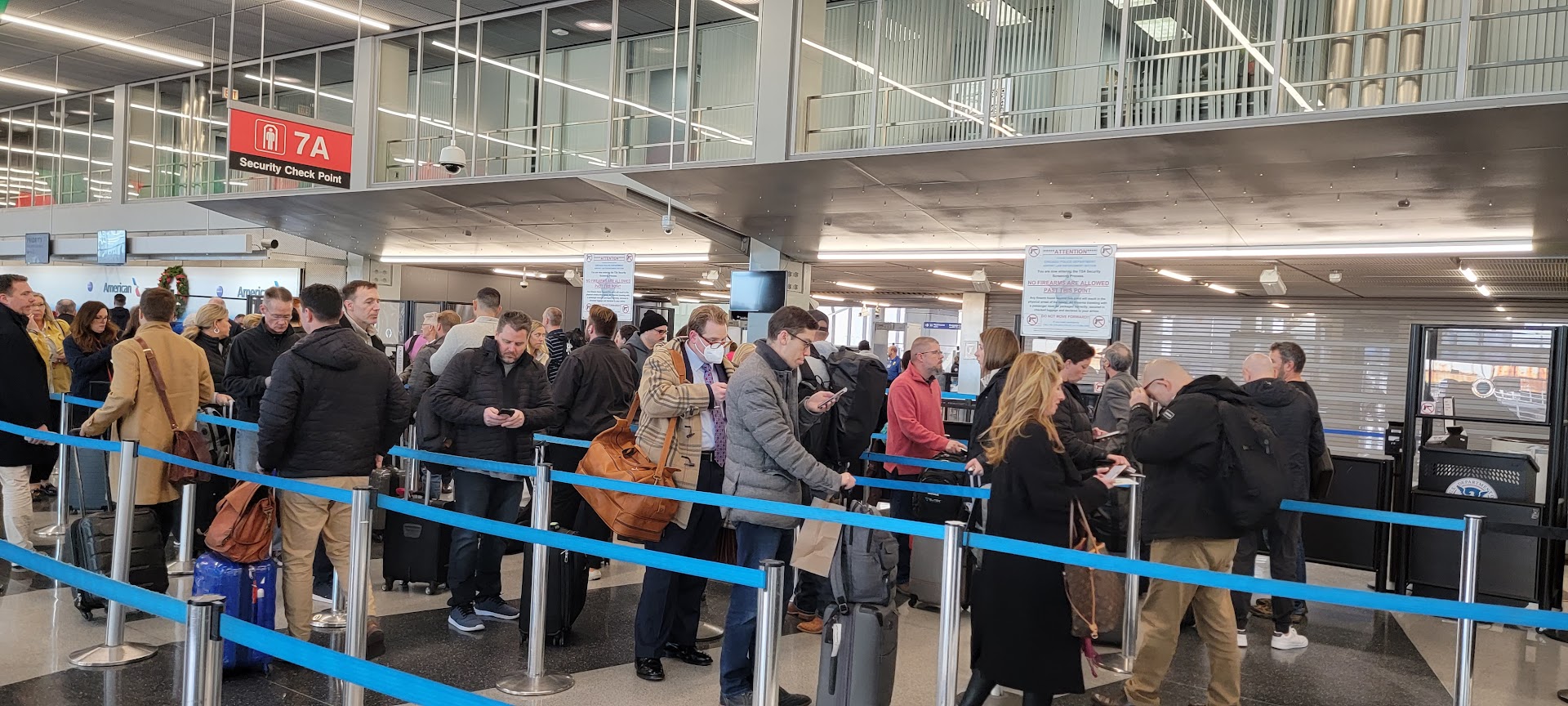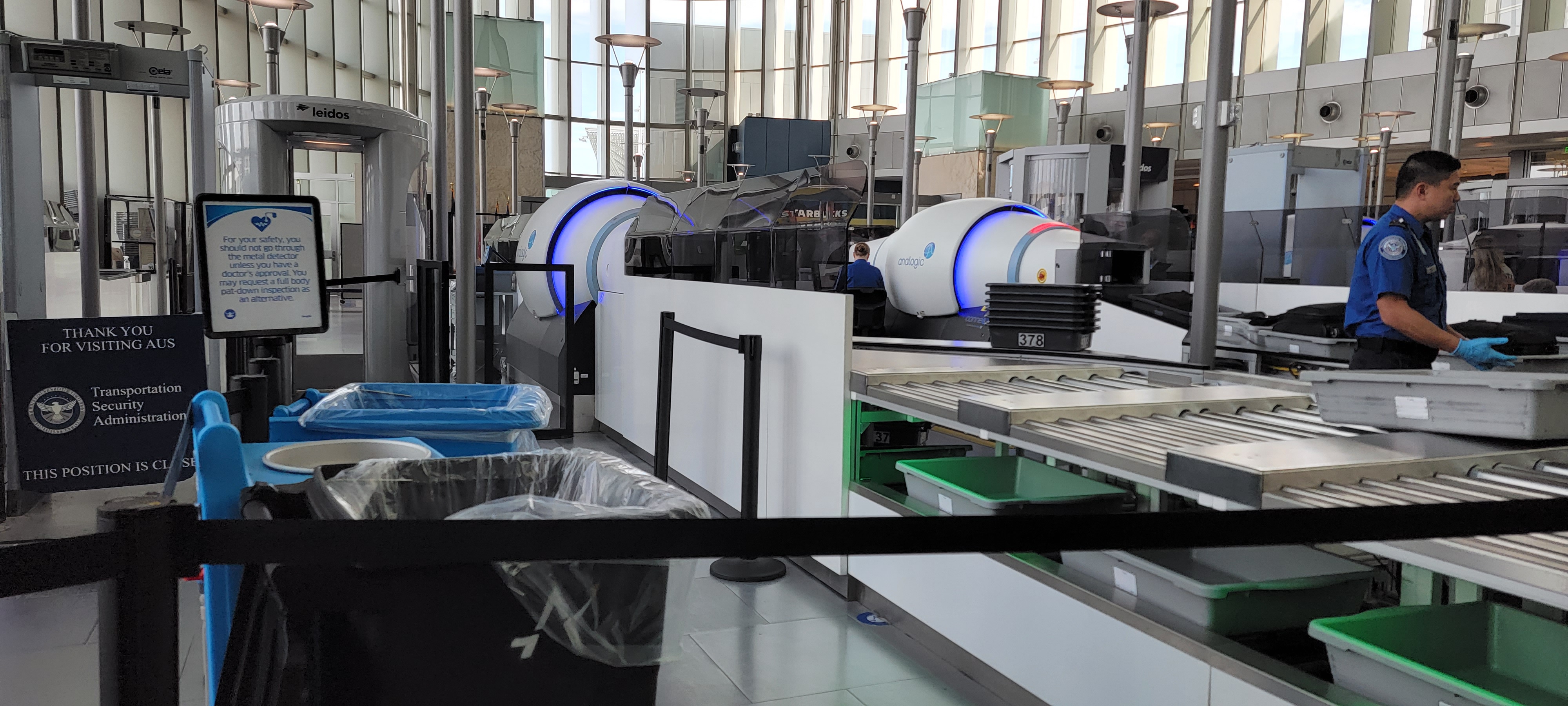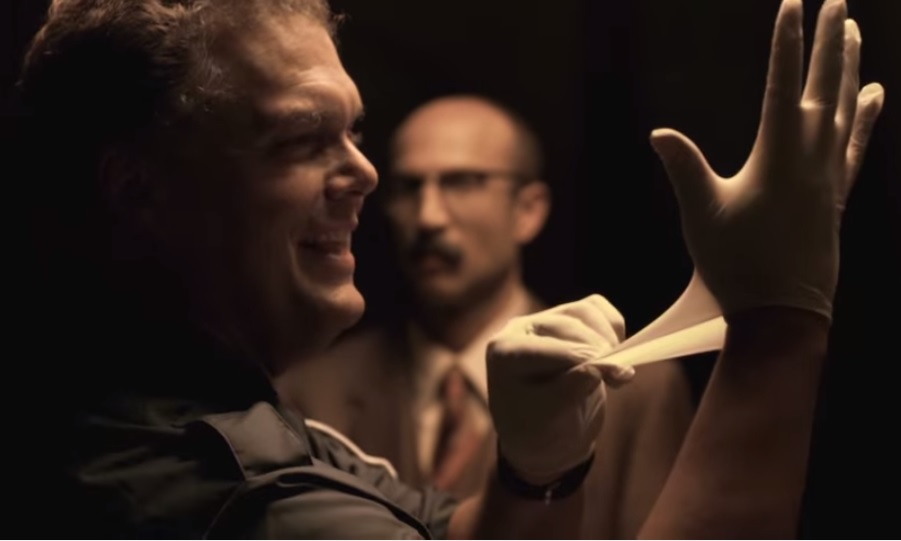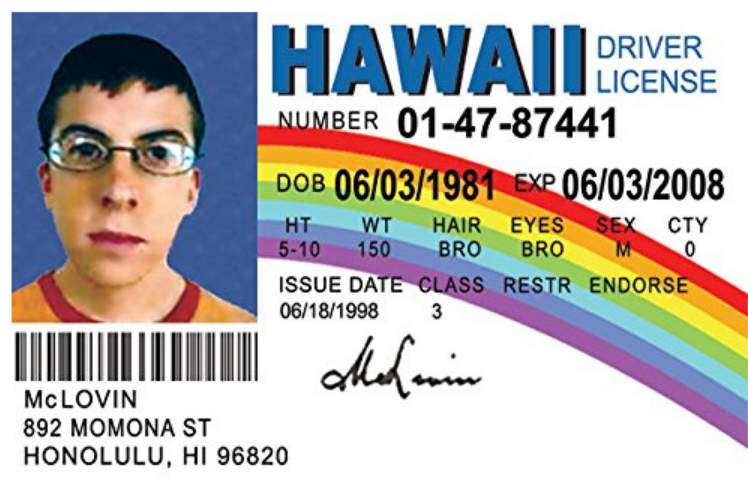TSA is changing how you can identify yourself and fly if you show up at the airport without an ID they deem acceptable. And they’re charging travelers a fee for it. The new system requires passengers to submit to biometrics.
The agency published a notice in the Federal Register laying out their new “modernized alternative identity verification program” for travelers who present at the checkpoint without an Acceptable Form of Identification such as a REAL ID, passport, passport card, DHS/DoD ID etc.
- Passengers will submit to biometrics and be charged an $18 non-refundable fee. This allows them to use biometrics rather than ID for 10 days. That’s for system access – the system could still fail to identify you, and deny travel. The system is for those without REAL ID, or who lost their ID.
- The system replaces TSA’s manual alternative ID verification, where agents contact a call center, and present knowledge-based questions about a passenger’s past addresses and employment provided through the National Transportation Vetting Center.

About 2,000 people have been flying each day without ID. Around 700,000 people per year fly without showing valid ID.
Going forward, TSA will use biographic or biometric information to verify identity and match you to your Secure Flight record and watchlist result. This is expected to be implemented as a biometric kiosk system at checkpoints.
Note that this is not a ‘proposed rule’ and not subject to notice and comment as some news agencies assume. Instead, TSA argues that they have the authority to ‘just do this’ based on the 2006 Department of Homeland Security Appropriations Act (49 U.S.C. 114). That authorizes the agency to impose a fee for any “registered traveler program.”
In other words, TSA is saying that their authority to recoup costs for PreCheck lets them impose costs on passengers to verify their identity by calling the effort a registered traveler program. That’s not at all what Congress intended, or what the cited law is about!

Since the law says the fee can’t exceed the agency’s costs, TSA cites:
- IT infrastructure, software, identity verification and validation
- Mobile computing, data infrastructure, integration, security/compliance
- Program management, customer service, and admin costs.
Now that this new procedure has been published, the fee “will begin when TSA announces that individuals may register for the modernized alternative identity verification program on the TSA website TSA.gov.”

Nonetheless, I expect people to continue to be allowed past security without full identification, and without using this system. People who present ID fail verification and are still allowed to travel every day.
- People show ID that may not look like them, but matches their ticket
- The ID may not properly scan, where TSA is validating IDs electronically
- With a couple million passengers daily, any system will have outliers
Matching your name to the list of people flying on an aircraft is supposed to matter so that the government can check you against their various watch lists from lists requiring extra security screening to no fly lists. But the government lists are junk. There are over two million people on U.S. terror watch lists. When everyone’s a suspect, nobody is.
Most of those people shouldn’t be on the list, but the lists aren’t really audited and the government doesn’t confirm to people that they are on it and citizens lack a means to challenge their inclusion.

ID requirements to fly began as a ‘do something’ policy after the explosion of TWA flight 800. President Clinton demanded to be able to immediately announce new airline security measures, and told his National Security Council team to come up with some.
How Watch Lists Work
The US government maintains targeting lists and airlines are required to check passengers against it before allowing them to fly. They maintain other lists that trigger increased security screening and potentially harassment.
The lists are pre-crime profiling. Not even based on science. And it’s also done very very poorly. People get on the list by mistake, because they’re related to someone who is on it (or just have a similar name), or because they visited the wrong country in the wrong year. .
These are secret lists that people haven’t been entitled to know they are on, how they got on, or to confront the evidence relied upon to put them on it. Legally there is very little recourse, and when challenged the government claims ‘state secrets.’
What we actually need are robust due process protections for inclusion on government lists of US citizens. People wind up on the list arbitrarily, by mistake, and without real evidence.
The ‘No Fly List’ works like this:
- Formal responsibility for the list rests with the TSA and under 49 U.S.C. § 46110 inclusion is only reviewable by circuit courts in which judges are required to defer to the TSA’s judgment about all alleged facts and are permitted only to review the administrative record created by and provided to them by the TSA itself.
- Until 2015 the TSA wouldn’t even tell people whether they were on the list (making it difficult to sue to get off the list when you can’t prove you’re on it). The TSA does not tell people why they are on the list.
- Decisions to put someone on the no fly list are based on predictive pre-crime profiling rather than actual evidence about the individual’s actions or intentions. This is a huge leap in our justice system.
- Unlike in Minority Report there’s not even a clear scientific basis upon which people’s intentions and actions are being predicted.
- You can get on the list just by being related to someone (guilt by association) suspected of terrorist involvement. Or just traveling to the wrong country at the wrong time. An army veteran and civilian military contractor was placed on the list for having visited Yemen in 2009. Or because someone at the FBI checked the wrong box on a form by mistake, or failed to check a box by mistake or in retaliation for refusing to become an FBI informant. We don’t even know much more about what goes into these determinations because the government has claimed their secret sauce is a ‘state secret’.

These Lists Aren’t Secure
Targeting lists aren’t only used by the government, and they’re not secure. In fact the U.S. distributes the list to over 1400 private organizations and shares it with other governments. It’s used for purposes beyond national security.
It appears that federal government lawyers have perjured themselves claiming that the list was not shared. It’s even given to “police forces at private universities, hospital security staff” and it’s not clear what, if any, restrictions there are on how the information is used. Meanwhile the government “adds hundreds of thousands of names to the list every year.”
There are now nearly two million names on terrorism watch lists and the entire list was leaked online via a Bahrain server.

Is This New Process And Fee Reasonable?
One Mile at a Time says that “this proposed verification fee seems reasonable” because verifying identity manually “takes some effort” and it’s “fair to pass on that cost to travelers.” I dissent.
- Travel is a fundamental right. The right to move freely between states is a well-established principle in U.S. law affirmed by several Supreme Court cases under the Privileges and Immunities Clause and Commerce Clause.
Crandall v. Nevada (1868) struck down a Nevada law imposing a tax on individuals leaving the state because states couldn’t restrict citizen movement across state lines.
United States v. Guest (1966) held that there is a Constitutional right to travel from state to state.
Shapiro v. Thompson (1969) held that states could not impose residency requirements to restrict welfare benefits. The Court found that the right to travel includes the right to migrate to another state and receive equal treatment as a resident.
Saenz v. Roe (1999) struck down a California law that limited welfare benefits for new residents. The Court delineated three components of the right to travel: The right to enter and leave another state; the right to be treated as a welcome visitor rather than a hostile outsider; the right to become a resident of any state and enjoy the same privileges and immunities as other residents.
- The government wants to impinge on that right with positive identity checks. If it does this, there shouldn’t be a further, specific cost imposed on the individual seeking to exercise their right. If identity checks are a collective benefit, then the cost should be shared collectively.
- Taxing travelers with extra fees amounts to punishment for not having the government’s preferred form of identity documents.
- And these processes and fees should require authorization by Congress (the TSA’s ‘too cute by half’ excuse notwithstanding) and subject to proper notice and comment.
The TSA is its own, unaccountable regulator. It fails repeatedly, and only sees its funding go up.

It costs over $10 billion a year, fails 90% of the time, and the agency covers up its failures. What’s primarily protected us is that there aren’t actually active plots against aviation (as admitted by TSA itself), cockpits have been reinforced, and passengers would no longer sit idly by. The rest of it is largely theater by an agency that has never caught – or stopped – a terrorist.


So, which ‘company’ (and the people behind it) profits off this? That’s the real question. And, who’d they donate to? Hmm.
Do they get their 9/11 fee refunded, or is the $18 on top of that? Rhetorical question.
If they got a year of flying, the $18 might be competitive with TSA pre